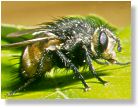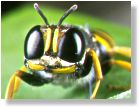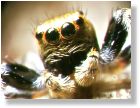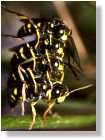 |
Their mouths may be made of tubes, trunks, pincers or similar appendages. |  |
They are able to move all
these parts simultaneously. |
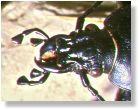 |
| Many of them can do things that we can do only using modern technology: flying, living underwater, or often both. | 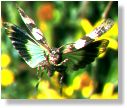 |
They communicate via infrasound or ultrasound. |  |
Some of them can produce light. |
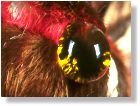 |
They practise chemical warfare... | ...and as to their emotions? Well, we can only guess. | 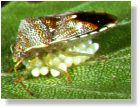 |

